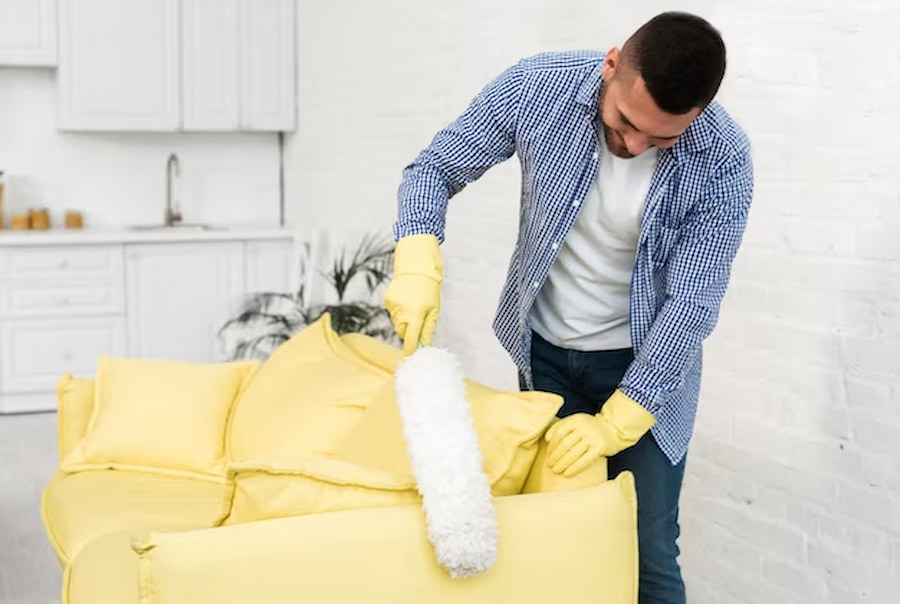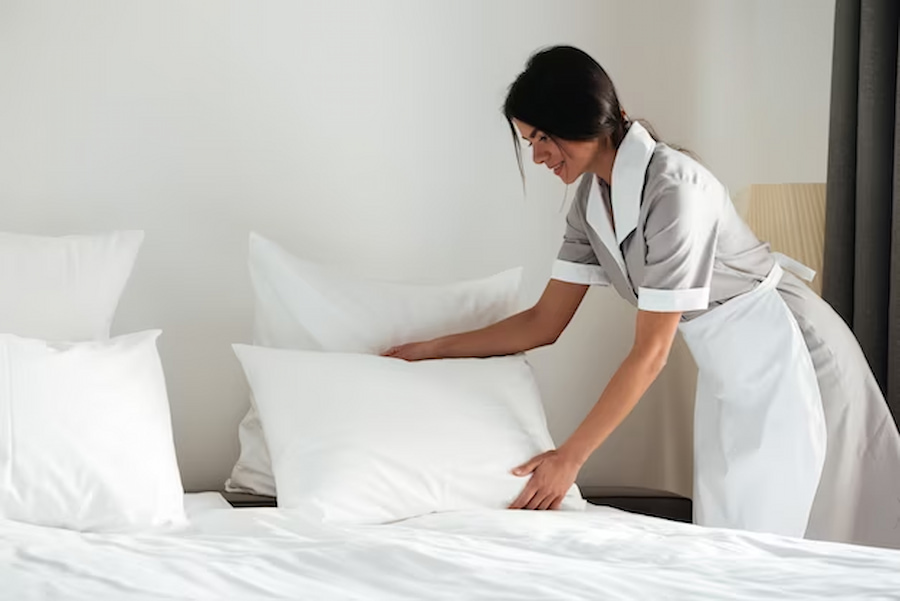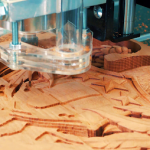Pillows, those trusty companions for a good night’s sleep, often go unnoticed when it comes to cleaning and disinfection. However, maintaining clean pillows is essential not only for hygiene but also for extending their lifespan.
In this guide, we will delve into the proper way to disinfect and clean your pillows, ensuring they remain the plush and comforting havens they were intended to be. After all, a well-kept pillow not only supports your dreams but also contributes to your overall well-being.
Our pillows cradle our heads and offer solace after long, tiring days. While we embrace their softness, we often overlook the accumulated sweat, oils, dust mites, and allergens that gradually invade these sanctuaries.
Neglecting their care can lead to allergies and respiratory issues. So, whether you rest your head on traditional rectangular pillows or embrace the unique comfort of V shape pillows, it’s time to learn the proper techniques to maintain their cleanliness and, in turn, the quality of your sleep.
Check The Care Label:
Checking the care label is essential because it provides specific guidance for cleaning and maintaining your pillows. Some pillows, such as memory foam or latex, may not be machine-washable and might require spot cleaning or professional cleaning services. Ignoring care label instructions can lead to damage or a loss of support in your pillows. Always follow the manufacturer’s recommendations to ensure the longevity and performance of your pillows.
Change Pillowcases:
Frequently changing pillowcases is crucial during flu season or when dealing with illness. When someone with the flu coughs or sneezes in bed, respiratory droplets can land on the pillowcase, potentially contaminating the pillow. To minimise the spread of the virus, it’s advisable to replace and launder pillowcases every few days. This practice helps maintain a cleaner and more hygienic sleeping environment for faster recovery and preventing the virus from spreading further.
Washing:
For machine-washable pillows, employ a gentle cycle with mild detergent and warm water. To guarantee thorough detergent removal, incorporate a second rinse. In the case of non-machine-washable pillows, when machine washing is not an option, resort to hand-washing. Fill a basin with warm water and a small quantity of mild detergent. Delicately agitate the water, submerge the pillow, and meticulously rinse until all traces of soap are eradicated. This method ensures cleanliness while safeguarding the pillow’s integrity.
Drying:
To effectively eliminate bacteria, it’s advisable to dry your pillows under moderate heat. Although indoor drying is possible, the optimal method involves exposure to sunlight. While cold temperatures can temporarily neutralise germs, viruses, and bacteria, they may reactivate upon warming.

For thorough drying, employ a low heat setting in the dryer or opt for air-drying. To maintain fluffiness and prevent clumping, include clean tennis balls or dryer balls in the dryer. It’s imperative to ensure complete dryness to prevent mould growth and maintain a hygienic sleeping environment.
Clean Stain:
When stains prove stubborn, a washing machine alone might not suffice. You can employ household items like borax, rubbing alcohol, or even shaving cream as effective stain removers. Borax can tackle various stains, while rubbing alcohol is excellent for ink or makeup stains. Shaving cream’s gentle abrasive nature can help lift stains from pillow surfaces. Always spot-test these methods first and follow proper instructions for best results.
Disinfect:
Disinfecting your pillows is crucial for maintaining a hygienic sleep environment. A fabric-safe disinfectant spray or a homemade solution with a few drops of tea tree oil mixed with water can effectively kill germs and bacteria. Lightly mist the pillows, paying attention to seams and creases, and allow them to air dry in the sun if feasible. Sunlight not only aids in disinfection but also imparts a fresh, clean scent to your pillows, ensuring a revitalising night’s sleep.
Fluff The Pillow:
Fluffing pillows, while not a thorough disinfection method, help remove surface dirt and dust. There are two simple ways to fluff pillows: by hand or in the dryer. For a manual fluff, squeeze and release the pillow for about thirty seconds on each side, giving it a few punches and kneads. When using a dryer, check manufacturer instructions if available. Otherwise, use the machine’s agitator on very low heat and add a dryer ball for extra fluff. This process restores your pillows’ loft and comfort.
Pillow protectors:
Utilising pillow protectors is a prudent strategy for preserving your pillows and simplifying future maintenance. These protective covers act as a barrier against stains, allergens, and dust mites, effectively extending the lifespan of your pillows.
They’re easily removable and machine-washable, making them an excellent investment for maintaining a hygienic and comfortable sleep environment. By adding pillow protectors, you not only enhance cleanliness but also protect your investment in quality pillows.
Regular Maintenance:
Regular pillow maintenance is key to ensuring their freshness and longevity. Aside from occasional fluffing, it’s beneficial to periodically expose your pillows to sunlight. Sunlight helps prevent moisture buildup, which can lead to mould and odours. Airing them out in the sun not only refreshes your pillows but also contributes to a healthier sleep environment, promoting better hygiene and comfort.
Remember that different types of pillows (e.g., down, memory foam, synthetic) may require slightly different care, so always refer to the manufacturer’s care instructions if available. Properly cleaning and maintaining your pillows can help prolong their lifespan and keep them hygienic.









